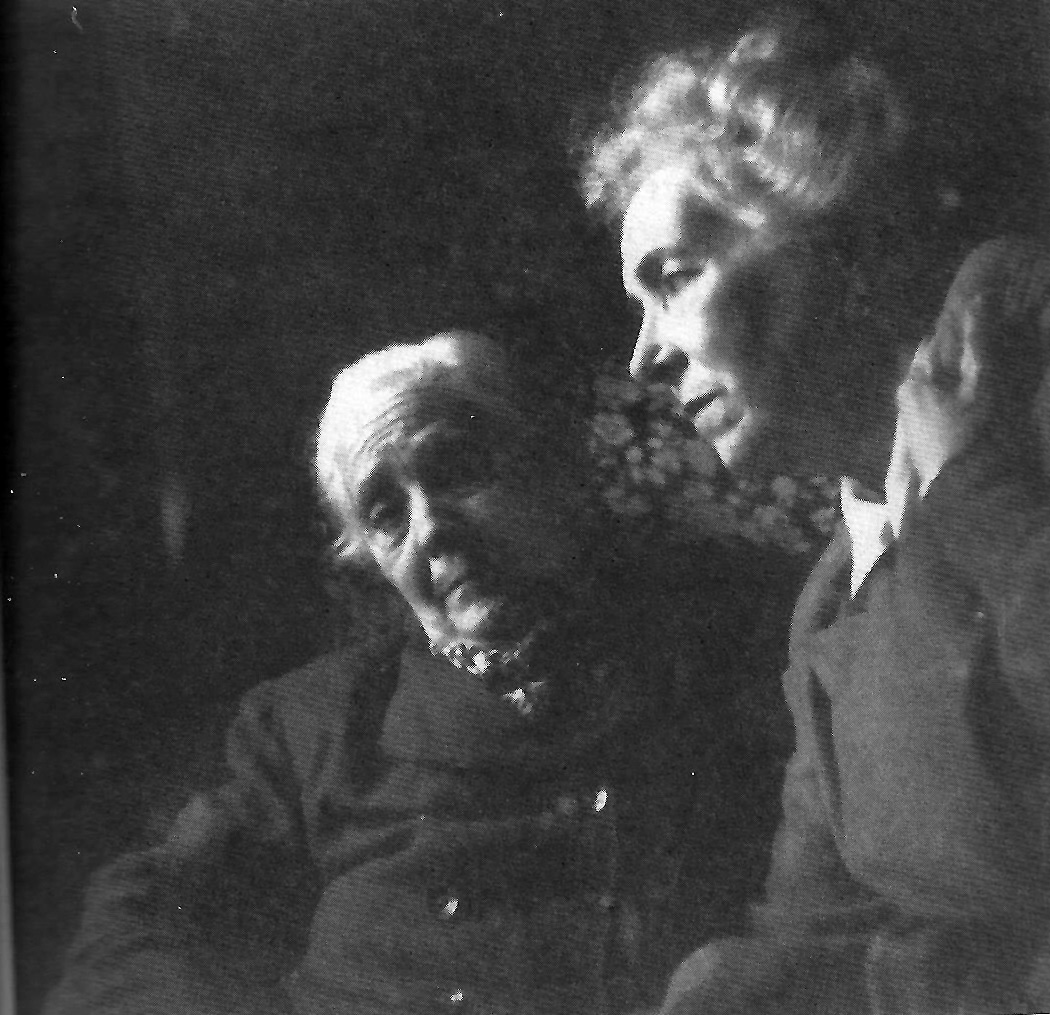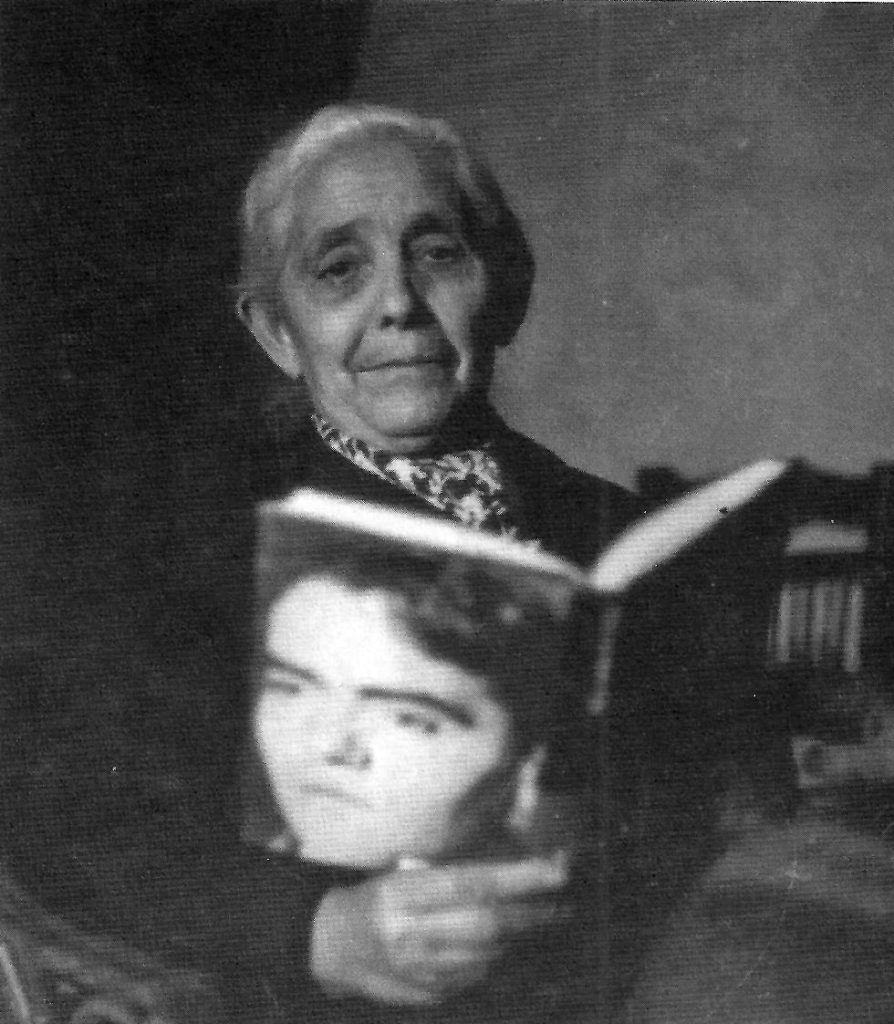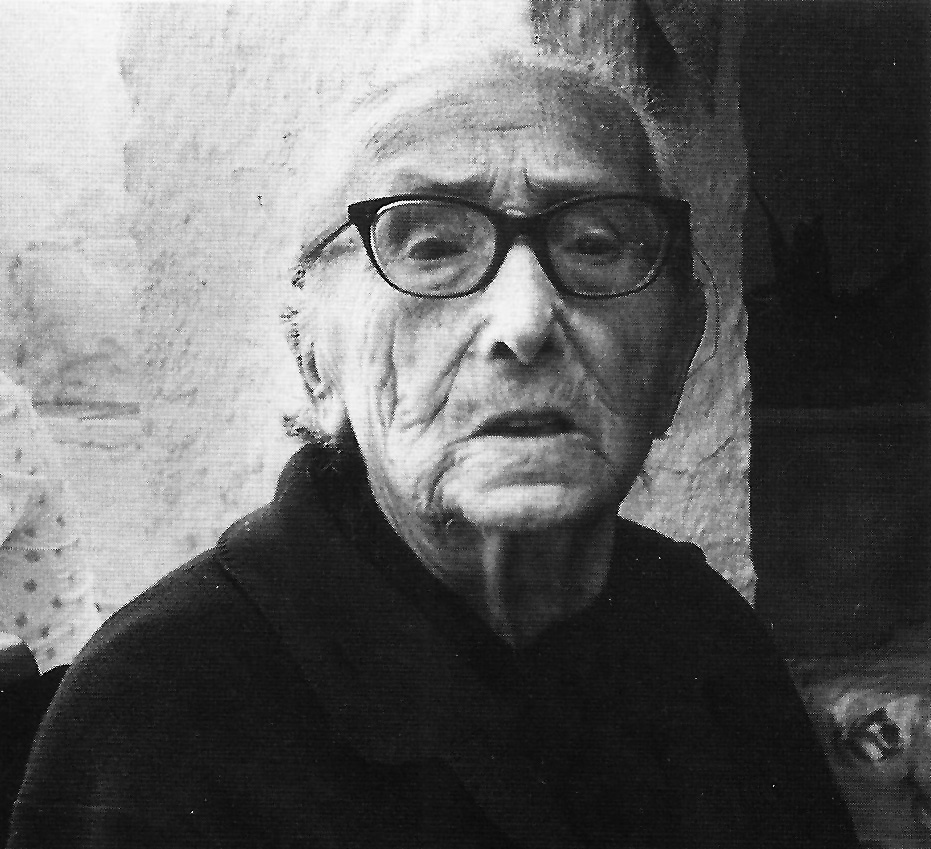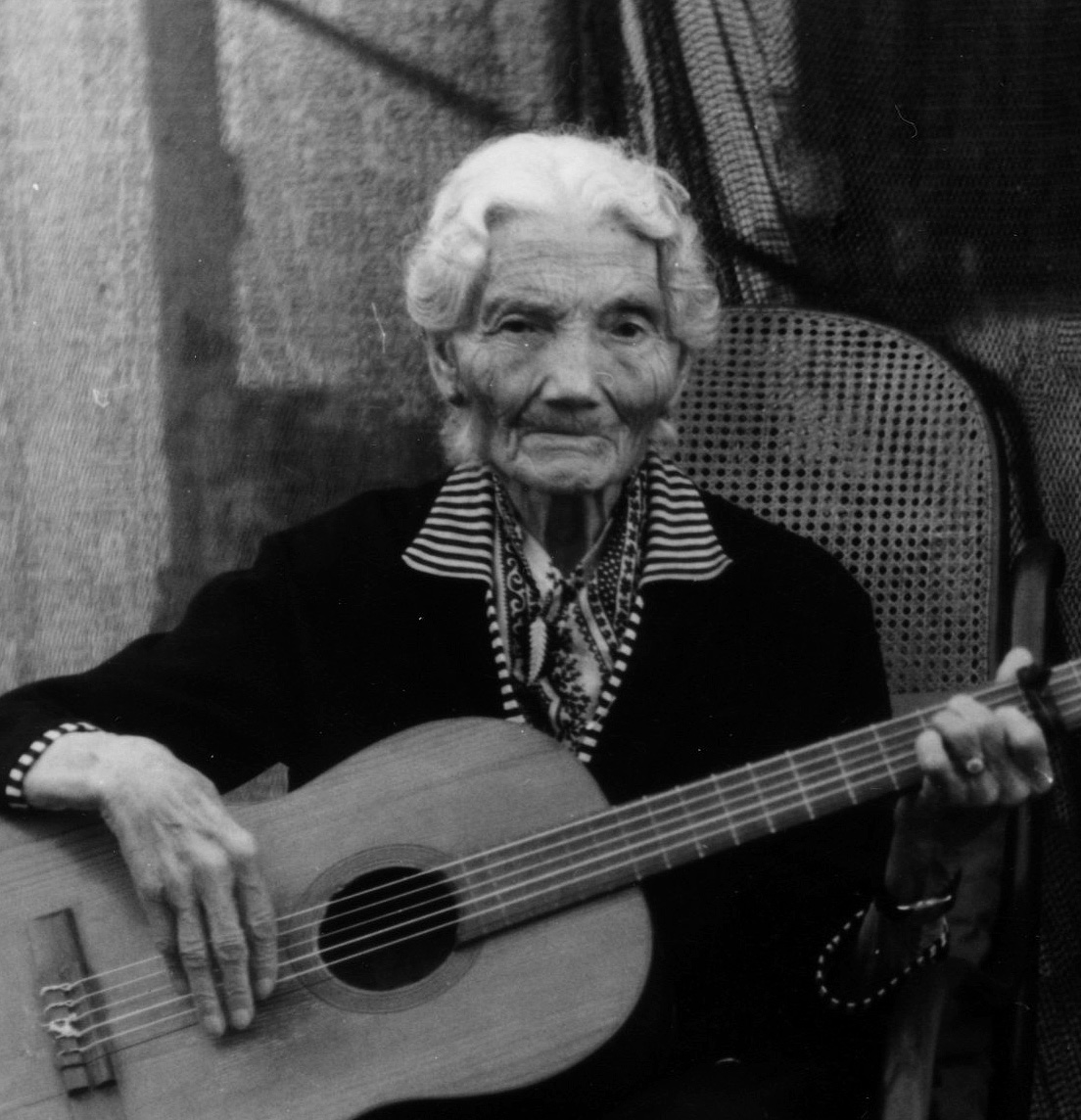First cousin of Federico García Lorca, daughter of Francisca García Rodríguez, known familiarly as Frasquita, sister of her father, born in Fuente Vaqueros in 1888, with whom the poet shared years of anecdotes, admiration and teachings and in whom she was inspired for the unfinished comedy The Dreams of my Cousin Aurelia, a piece on which she worked in the tragic summer of 1936, of which only the first of the three acts is preserved and which was to be added, according to the autograph, “to the series of Granada chronicles that include Doña Rosita the Spinster“. She began writing it after the premiere of Yerma in December 1935. Marie Laffranque describes the real cousin Aurelia as “pretty, simple and laughing”. The van she used on her La Barraca tours was christened by Lorca as The Beautiful Aurelia.
She was horrified by summer storms, they disturbed her and brought to light the whole repertoire of melodramatic resources that so amused Federico that, as soon as the first thunder sounded, he rushed home so as not to miss the show: screams, terrified runs and more or less feigned fainting.
A singular woman with innate artistic gifts, especially for music: she used to play the guitar and sing melancholic tunes that remained forever in the poet’s memory. Francisco García Lorca says that she used to speak without intending to, using surprising metaphors that dazzled the poet: “Pour in the eggs when the oil laughs”, he once heard her say. The fascination she exerted on Federico was profound to the point that Federico himself is included as a character in the comedy and converses tenderly with the cousin. Aurelia died in Fuente Vaqueros in 1964 at the age of 76.
Aurelia was a source of anecdotes, all of them very literary and funny, and she is mentioned in numerous testimonies and studies about Federico’s life and work. Around 1955, when she was interviewed by Agustín Penón at her home in Fuente Vaqueros, she still had the lively personality, the humor and the instinct for metaphors that bewitched Federico:
“- Do you remember any of those couplets [that you sang to Federico]?
– Yes, I do.
– And could you sing them?
Aurelia had a reputation, since she was very young, for singing very well. Everyone in her family told me so.
-Of course she could -answers Aurelia- even though her voice has already been hammered by seventy hammer blows.
(Aurelia amazes me with this surprising image of her years)”.
She was horrified by the summer storms, they disturbed her and brought to light the whole repertoire of melodramatic resources that so amused Federico that, as soon as the first clap of thunder sounded, he would rush home so as not to miss the show: screams, terrified runs and more or less feigned fainting. Francisco García Lorca, also seduced by cousin Aurelia, reflects how the performances were as soon as the lightning illuminated his house: “Federico told me that cousin Aurelia, half fainted during a storm, and not without a certain theatricality, said, leaning back in a rocking chair: `Look how I’m dying!’ […]”. Lorca’s joking presence during the storms was so habitual that the cousins would bolt the door so that the child would call in vain and leave. “That Federico saw then, not without a certain irony, the theatrical situation, the room illuminated by candles, is proven by the fact that, as my mother told me, when the storm started, my aunts and cousins would exclaim: ‘Federico is coming! They would bolt the door and they could dramatize to their heart’s content”.

The Aurelia that appears in the comedy of the last part of Lorca’s life is a literary transcript forged with all the memories of his childhood. The first news of the play appeared in the Rumor Section of the Heraldoof Madrid on May 29, 1936. According to Gibson, Aurelia was aware that the poet planned to turn her into a character in a comedy and even thought that it could be for the role of the actress María Fernanda Ladrón de Guevara (1897-1974), mother of Amparo Rivelles and Carlos Larrañaga, although the author commented with his friends that he preferred the actress Carmen Díaz (Seville, 1896-1979), who had triumphed with works of the Quintero and Benavente. The anonymous author of the note announces that Lorca was working on this “elegy of provincial life with all that it had of fabulous and dreamy before modernizing it the machinism, a struggle of two patented by Lorca in the naive times of the silkworm breeding and the feverish -and manufacturing- of the sugar refineries of Granada”.
The work takes place in 1910 in Fuente Vaqueros, although it is not expressly indicated. 1910 was a key year for the poet as it marked the end of his childhood and the family’s move to Granada: Lorca used it as the title for the opening poem Poet in New York (1910. Intermediate) which begins: “Those Eyes of Mine of 1910”, and in 1910 the third and last act of Doña Rosita the Spinster takes place. In the comedy Aurelia is 25 years old, the borderline age between being left to be a nun or getting married (the real cousin did get married). The first act occupies 27 pages on one side only, and takes place during Carnival. We received hints of the other two acts, although not preserved, from the anonymous chronicler of the Heraldo: the second act “appears to be a small-town rehearsal of Stain that Cleans [title of a nineteenth-century drama of jealousy written by José Echegaray] and as told by García Lorca is of a magnificent humor”. And of the third we know that it ended with a “therapeutic slap” given by Aurelia, which has the virtue of “transforming the stage that she populated with dreams, as if by magic, into the four real and true walls of her house”.
In Aurelia’s fictitious dining room (“a village room with a chest of drawers on which there is a large cross made of pink paper flowers with golden leaves […] and a wall full of small photos set in golden marquettes”), Federico García Lorca himself bursts into the first act:
“BOY. Cousin, how beautiful you are.
AURELIA. You are more handsome.
CHILD. You have a waist and breasts and curly hair with flowers. I have none of those things.
AURELIA. But I am a woman.
CHILD. That’s what it is.
AURELIA. You, on the other hand, have moles like tiny moons of tender moss. Why don’t you give them to me?
CHILD: Take them off!
AURELIA. This one you have here, I’ll put it here. And this one, here. (She kisses it)”.


